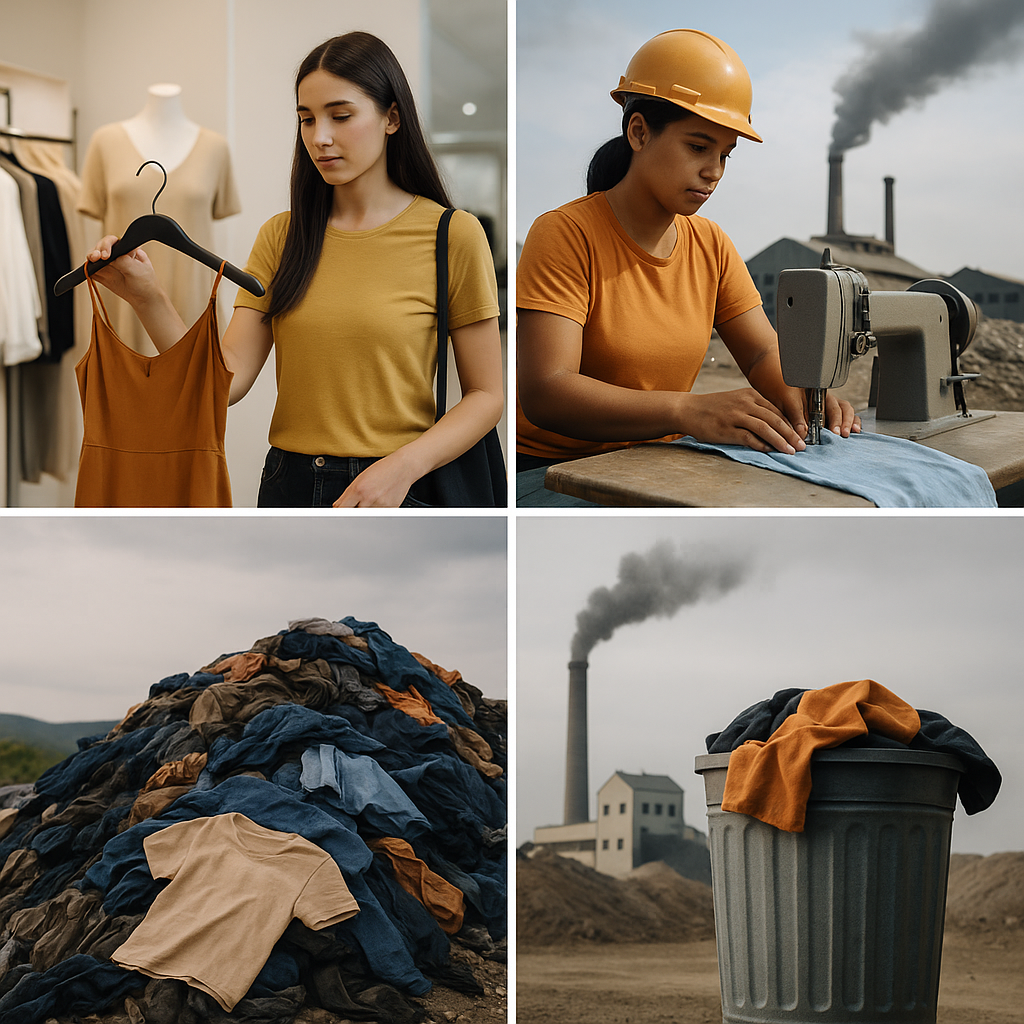Finding cheap, trendy clothes online or at the mall can feel like a win. Brands such as Shein, H&M and Forever 21 make it easy to grab the newest styles at low prices. This model, known as fast fashion, thrives on speed and affordability. But beneath the surface, its impact on people and the planet tells a different story.
Fast fashion companies produce clothing quickly and cheaply by copying runway or influencer trends and manufacturing them at high volume. Within weeks, a new design can go from concept to store shelves. The constant cycle of “new arrivals” keeps shoppers coming back — but it often comes at a cost.
Most of these clothes are made in overseas factories where workers earn very low wages and may face unsafe conditions. The low prices consumers enjoy are made possible because others pay the hidden costs through labor and environmental strain.
The environmental effects are significant. The fashion industry contributes an estimated 10 percent of global carbon emissions, according to the United Nations. Many garments are made from polyester, a form of plastic that sheds microfibers into oceans each time it’s washed. Additionally, fast fashion items are not designed to last. As clothes wear out quickly, millions of tons of textile waste end up in landfills each year.
Still, shoppers can make more sustainable choices. Buying secondhand through thrift stores or apps such as Poshmark and Depop helps reduce waste. Clothing swaps and repairing old garments instead of throwing them away also make a difference. Some people choose to invest in fewer, higher-quality pieces that last longer.
Fast fashion is likely to remain popular, but consumers have the power to influence the industry. Shopping thoughtfully can protect both the environment and the workers who make the clothes — all while saving money in the long run.

































